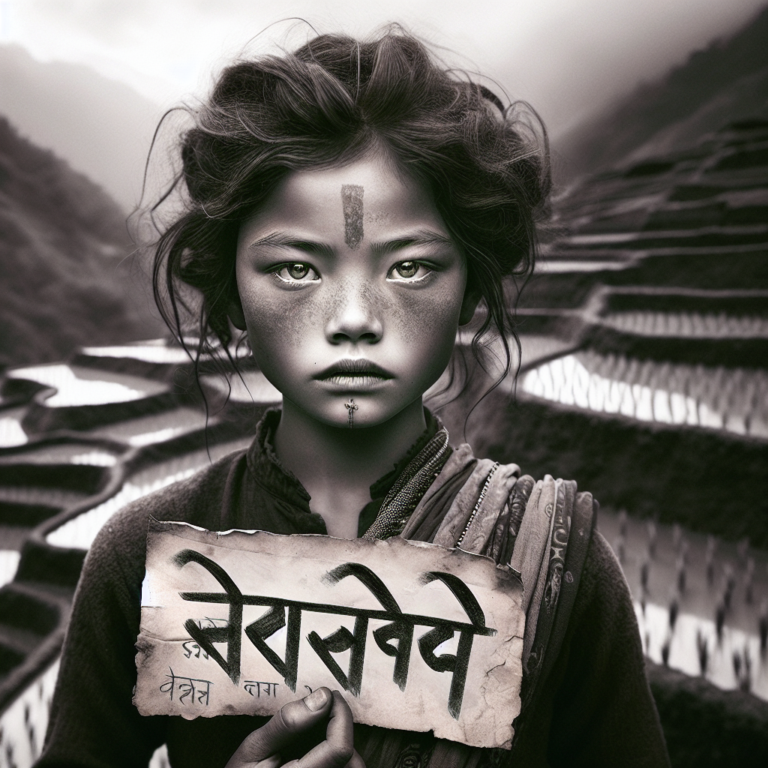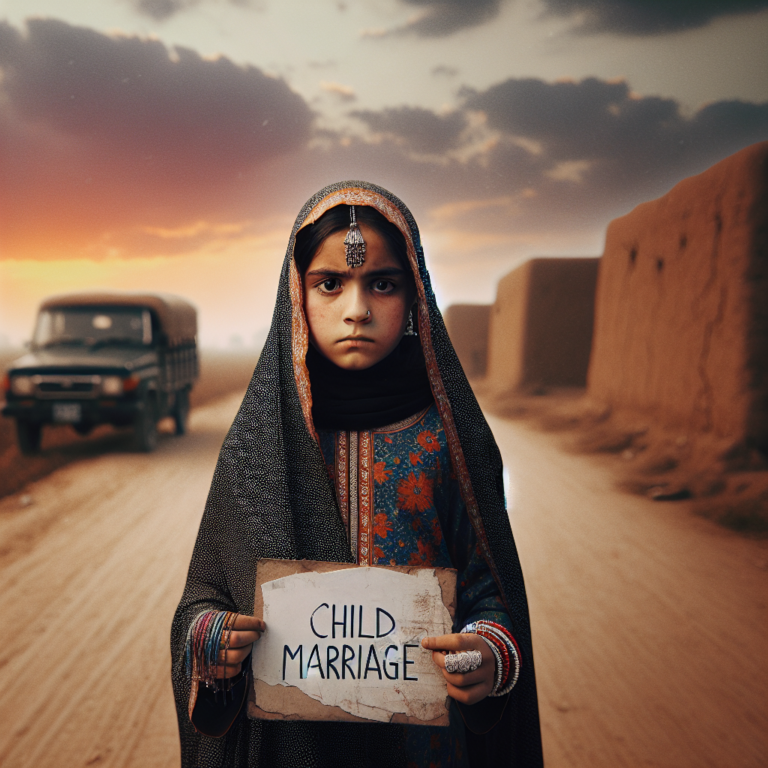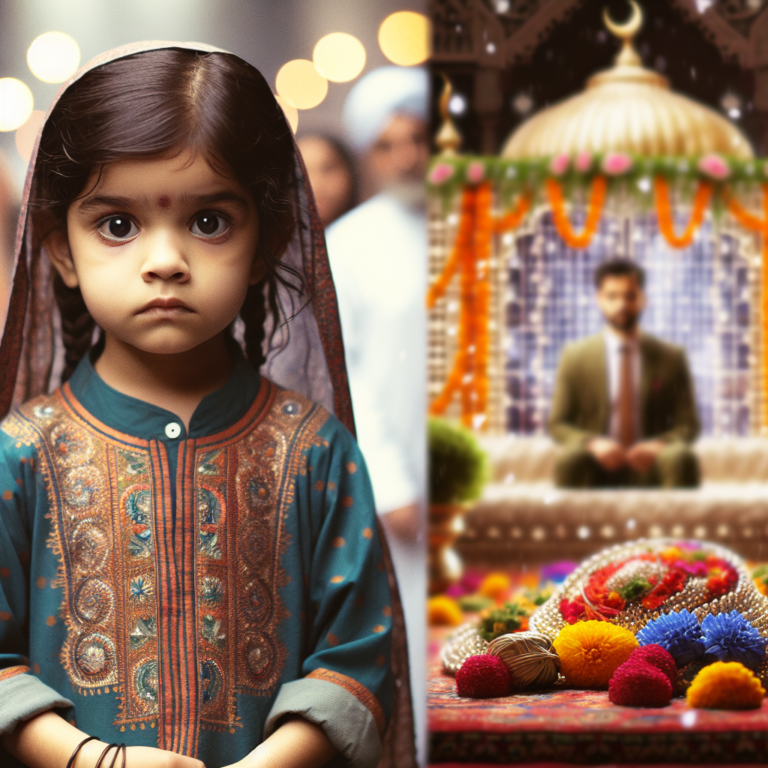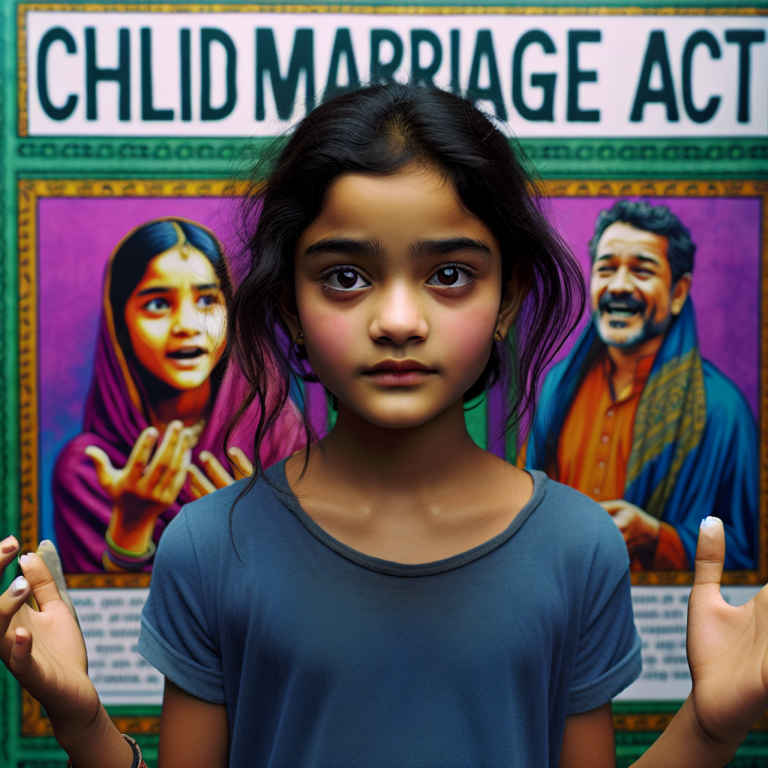Child Marriage Act: Protecting Our Children’s Rights
In today’s modern world, it is disheartening to think that child marriage is still a prevalent issue in many parts of the globe. While progress has been made in terms of raising awareness and advocating for change, we must continue to fight against this harmful practice that infringes upon the rights and well-being of our children.
Child marriage refers to the union where one or both parties involved are under the legal age of adulthood. It is an archaic tradition that robs children of their childhood, potential, and dreams. It is a violation of their rights to education, health, and safety. No child should be forced into a marriage or be deprived of their basic human rights.
The consequences of child marriage are devastating and long-lasting. Education is often terminated for young brides, leading to a perpetuation of a cycle of poverty and limited opportunities. Health risks increase for child brides, as they are often subjected to early and repeated pregnancies, resulting in higher rates of maternal and infant mortality. Additionally, child brides often face physical and emotional abuse within the marriage, which can have severe psychological impacts.
Fortunately, many countries have recognized the urgency of addressing child marriage and have taken steps to combat this issue. The Child Marriage Act, for example, has been implemented in various regions around the world to protect children and provide them with the necessary legal safeguards. By criminalizing child marriage and raising the age of consent, this Act aims to eradicate the practice and ensure the well-being of our children.
Prevention and awareness are key components in the fight against child marriage. Communities, governments, and non-governmental organizations must work together to create programs that educate families, religious leaders, and community members about the harmful effects of child marriage. By challenging traditional norms and promoting gender equality, we can change mindsets and create a society where child marriage is seen as a thing of the past.
Furthermore, providing support and resources for at-risk children and families is crucial in preventing child marriage. Accessible education and vocational training can empower young girls and boys, giving them the tools they need to build a better future for themselves. Engaging with communities and involving them in the decision-making process ensures that the fight against child marriage is sustainable and effective.
To truly protect our children’s rights and eradicate child marriage, we must address the root causes that perpetuate this harmful practice. Poverty, lack of access to education, gender inequality, and cultural norms all contribute to the perpetuation of child marriage. By addressing these factors and creating comprehensive strategies, we can create meaningful change and build a world where our children are safe, protected, and given the opportunities they deserve.
In conclusion, the fight against child marriage is an ongoing battle that requires the collective effort of individuals, communities, organizations, and governments. It is our duty to protect the rights of our children and ensure their well-being. By implementing and enforcing the Child Marriage Act, raising awareness, and providing support, we can work towards a future free from child marriage. Together, let us rotate the cycle of child marriage and create a world where every child can flourish and fulfill their potential.
Nada Alahdal
A human rights activist to advocate for the issue of child marriage, and head of the
for the Protection of Girls








